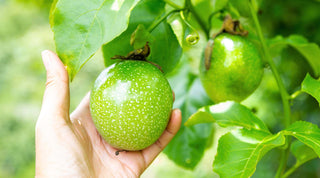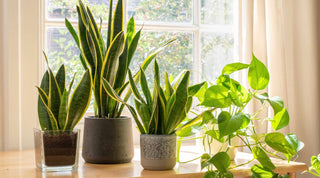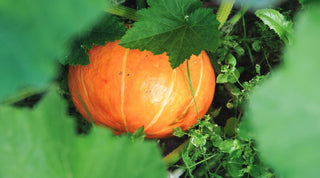The Mother of Thousands (Kalanchoe daigremontiana) is a unique and fascinating succulent that earns its name from the many tiny plantlets that grow along the edges of its leaves.
These plantlets can fall off and grow into new plants, making the Mother of Thousands not only an attractive addition to your indoor or outdoor garden but also a highly prolific grower. In this blog post, we’ll explore how to care for, grow, and propagate the Mother of Thousands plant to ensure it thrives.
What is the Mother of Thousands?
The Mother of Thousands is a striking succulent native to Madagascar. It’s known for its fleshy, blue-green leaves with serrated edges, from which baby plantlets sprout. These plantlets eventually drop off and root themselves in the surrounding soil, leading to its reputation for being a “mother” to many new plants. Despite its beauty, the plant is toxic if ingested, so it’s essential to keep it out of reach of pets and children.
Growing Conditions for the Mother of Thousands
Knowing the right growing conditions is key to successfully cultivating the Mother of Thousands. Here’s what you need to keep in mind:
-
Light Requirements: The Mother of Thousands thrives in bright, indirect sunlight. Too much direct sunlight can cause leaf burn, while too little light can lead to leggy growth. A sunny windowsill with filtered light is ideal for indoor plants. Outdoors, place the plant in a spot with partial shade.
-
Soil: This succulent prefers well-draining soil to prevent root rot. A cactus or succulent potting mix works best. You can also create your own mix by combining regular potting soil with sand or perlite to improve drainage.
We love this soil mix: Black Gold Succulent and Cactus Mix
-
Watering: Like most succulents, the Mother of Thousands is drought-tolerant and prefers dry conditions. Water only when the top inch of soil feels dry to the touch. Overwatering can lead to root rot, so it’s essential to let the soil dry out between waterings. During the winter months, reduce watering even further as the plant goes into dormancy.
- Temperature and Humidity: The Mother of Thousands thrives in warm temperatures between 65-75°F (18-24°C). It can tolerate slightly cooler temperatures, but anything below 40°F (4°C) can damage the plant. Avoid placing it in areas with high humidity, as it prefers a drier environment.
Propagating the Mother of Thousands
One of the most fascinating aspects of the Mother of Thousands is its ability to propagate effortlessly through its plantlets. These tiny baby plants grow along the leaf edges and can root easily in soil. Here’s how to propagate the Mother of Thousands:
-
Collecting Plantlets: Gently remove the baby plantlets that naturally fall off the leaves or carefully pluck them when they are fully formed and ready to drop.
-
Preparing the Soil: Fill a small pot with well-draining soil, such as a succulent mix or a blend of potting soil and sand.
-
Planting the Plantlets: Place the plantlets on the surface of the soil and press them gently to ensure contact. You don’t need to bury them deeply, as they will root easily.
-
Watering: Water the soil lightly, making sure not to overwater. Keep the soil slightly moist until the plantlets establish roots, then reduce watering to the typical succulent schedule.
- Care for New Plants: Place the pot in a bright, warm location with indirect sunlight, and watch as the plantlets grow into full-sized Mother of Thousands plants.
Common Problems and Solutions
-
Overwatering: The most common issue with the Mother of Thousands is overwatering, which can cause root rot. Always ensure the soil dries out between waterings.
-
Leggy Growth: If the plant doesn’t receive enough light, it may become leggy. Move it to a brighter spot or provide supplemental grow lights.
- Pests: While relatively pest-resistant, the Mother of Thousands can occasionally attract aphids or mealybugs. Treat infestations with insecticidal soap or neem oil.
Benefits of the Mother of Thousands
In addition to its unique appearance and propagation capabilities, the Mother of Thousands is a low-maintenance plant perfect for beginner gardeners. Its drought tolerance and ability to reproduce easily make it a great choice for those who want a hassle-free indoor plant.
Check out our other post: How to Propagate Succulents: A Step-by-Step Guide
Conclusion
The Mother of Thousands is a beautiful and intriguing plant that offers a unique growing experience due to its abundant plantlets. With proper care, including well-draining soil, bright light, and careful watering, you can enjoy the beauty and productivity of this succulent for years to come. Whether you're propagating new plants or simply admiring its intricate leaves, the Mother of Thousands is a rewarding plant for any garden or indoor collection.



